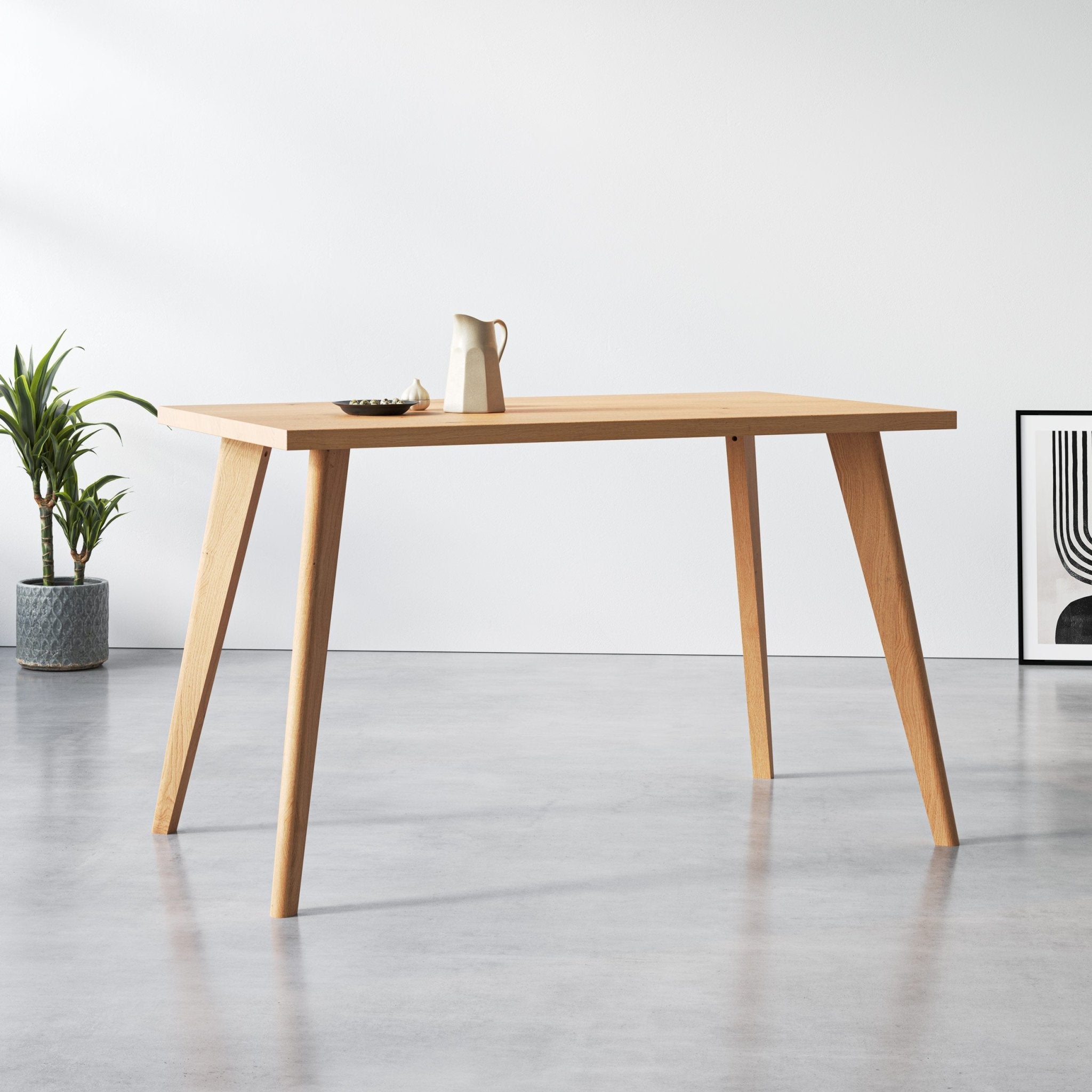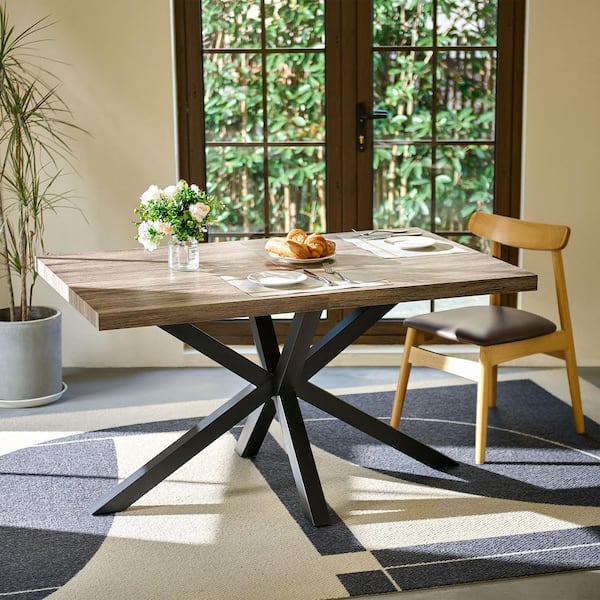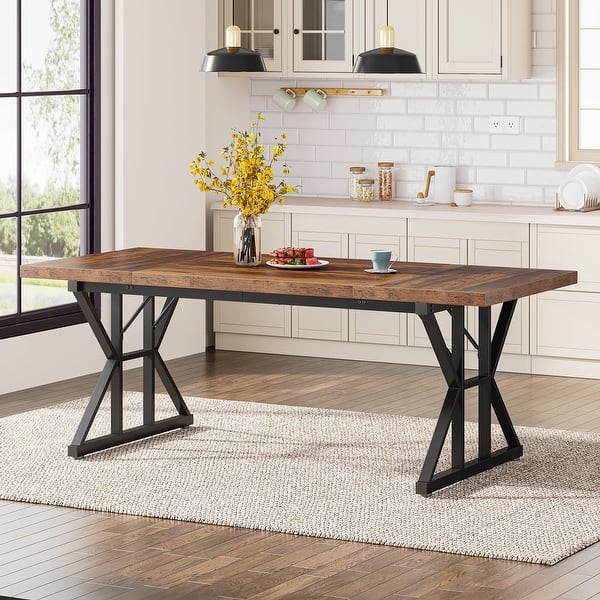Find Ageless Charm in Handcrafted Dining Table Legs Wood Selections
Find Ageless Charm in Handcrafted Dining Table Legs Wood Selections
Blog Article
Checking Out the Different Sorts Of Dining Table Legs Wood for Your Eating Area
The choice of dining table legs timber can exceptionally affect both the practical and visual qualities of your dining room. Solid wood choices, such as oak and walnut, provide a traditional appearance with unparalleled longevity, while engineered wood choices provide ingenious styles that resemble the richness of all-natural grains.
Strong Wood Options

Unlike crafted materials, solid timber is much less prone to bending and damage over time when correctly maintained. Each piece of solid timber is distinct, showcasing private features that add to the appeal and character of the dining table.
Furthermore, strong timber can be completed in countless ways, ranging from natural oils to tarnished coatings, permitting home owners to personalize their furniture to match their decor. In recap, picking solid timber for dining table legs not only guarantees structural integrity yet additionally boosts the visual appeal of the eating location, making it a rewarding financial investment for any type of home.
Engineered Wood Alternatives

Plywood, constructed from several layers of wood veneer, is stable and particularly solid, making it a superb option for dining table legs. Its split structure allows it to withstand changes in humidity and temperature level better than typical strong timber. MDF, on the other hand, supplies a smooth surface area for painting or veneering, allowing developers to accomplish a polished appearance while maintaining structural integrity.
When choosing crafted timber alternatives, it is crucial to consider the intended use and desired visual. These products not just enhance the performance of dining rooms yet also enable for better design flexibility, guaranteeing that standard and modern styles can exist together sympathetically.
Reclaimed Wood Features
Reclaimed wood supplies an unique blend of sustainability and character, making it an increasingly preferred selection for eating table legs. Sourced from old barns, manufacturing facilities, and other frameworks, recovered wood personifies a background that brand-new materials simply can not duplicate. Each item brings its own story, noted by distinctive flaws, knots, and differing grain patterns, which add to a table's unique visual allure.
Along with its aesthetic beauty, recovered timber is an eco-friendly option. By repurposing previously used materials, it reduces the need for new lumber, thus aiding to preserve forests and minimize waste. This aligns with an expanding consumer choice for lasting practices in furniture.
Furthermore, reclaimed timber is usually more durable than freshly gathered timber due to its age. The all-natural drying procedure that redeemed timber undergoes cause a denser and stronger product, making it less at risk to warping and splitting. This enhances the durability of eating tables, permitting them to stand up to the rigors of everyday use.
Softwood vs. Hardwood
When picking eating table legs, recognizing the distinctions between softwood and wood is crucial for accomplishing both practical and visual goals. this content They generally exhibit a more rustic appearance, making them appropriate for country-style or informal dining areas.
On the other hand, woods, sourced from deciduous trees like cherry, oak, and maple, are renowned for their density, toughness, and durability. The elaborate grain patterns and abundant shades of woods supply a innovative and ageless charm, making them optimal for official eating settings. While hardwoods site link tend to be extra pricey and much heavier, their durability versus deterioration typically warrants the financial investment.
Ultimately, the option between softwood and wood for dining table legs must align with your design vision, use needs, and budget plan, making sure that your eating room mirrors your personal style while staying functional in time.

Surfaces and Treatments
The aesthetic appeal and longevity of dining table legs can be considerably enhanced via various finishes and therapies. These processes not only secure the wood from damages but additionally elevate its look, permitting it to match diverse interior styles.
One usual therapy is tarnishing, which permeates the wood and enhances its natural grain while adding color. Discolorations provide an abundant, sophisticated look, enabling home owners to match their furnishings with existing design. Alternatively, clear surfaces such as polyurethane or varnish produce a safety layer without changing the timber's initial shade, guaranteeing durability against damage.
In addition, all-natural oils, like tung or linseed oil, nourish the timber and supply a subtle shine, all while being environmentally friendly. These oils enable the surface to take a breath, preventing wetness buildup and potential bending.
For those seeking a rustic charm, distressed or weather-beaten finishes can be related to produce an aged look, including character to the piece. Eventually, the choice of therapies and coatings depends on individual preference, preferred appearances, and the specific wood type, making it vital to take into consideration these variables when picking table legs for your area.
Verdict
In final thought, the option of eating table leg materials significantly affects both the aesthetic and functional elements of an eating space. Solid woods, engineered alternatives, and redeemed options each offer distinct benefits, providing to check that different preferences and requirements. Recognizing the distinctions between hardwoods and softwoods, in addition to proper coatings and therapies, permits notified decision-making. Ultimately, the option of timber type ought to straighten with wanted style, sturdiness, and ecological factors to consider, improving the overall dining experience.
The option of eating table legs timber can exceptionally influence both the practical and visual top qualities of your eating space - Dining Table Legs Wood. Solid timber choices, such as oak and walnut, give a timeless appearance with unmatched toughness, while engineered timber options provide cutting-edge styles that resemble the splendor of natural grains. Solid timber supplies an ageless top quality that can raise the overall design of a dining room. Each piece of solid wood is special, showcasing private features that add to the charm and character of the dining table
Furthermore, recovered timber is commonly much more long lasting than newly collected wood due to its age.
Report this page